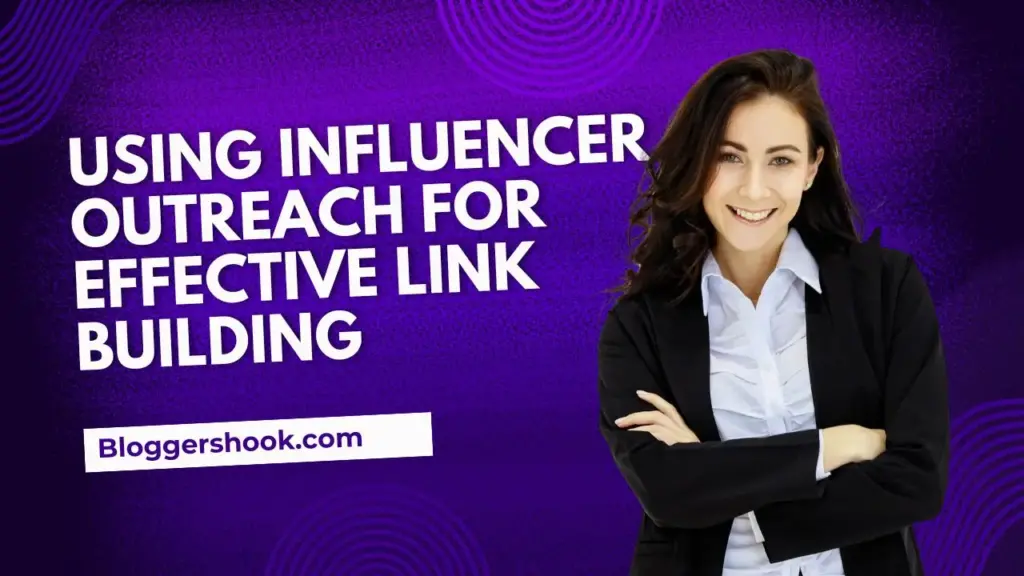Link building has been a crucial aspect of SEO since its inception. It plays a significant role in improving search engine rankings and increasing website authority. However, like many aspects of digital marketing, link building is continuously evolving, influenced by changes in search engine algorithms, user behavior, and technological advancements. As we move into the future, understanding the trends and predictions for link building is essential for businesses and marketers looking to stay ahead of the curve.
This article explores the future of link building by examining the emerging trends and predictions that are shaping the field.

1. Quality Over Quantity
In the early days of SEO, the number of backlinks was often more critical than their quality. This led to link farms, spammy links, and black-hat SEO techniques that focused solely on generating as many links as possible. Today, search engines like Google have evolved their algorithms to prioritize link quality over sheer volume.
Trend: The emphasis on high-quality, relevant links will only increase. Google’s Penguin algorithm updates penalized low-quality links, and the trend is expected to continue. Future link building strategies will require links that come from reputable, authoritative sites that are contextually relevant.
Prediction: Businesses will need to focus more on earning natural, organic links through valuable content and authentic relationships with other websites. Automated link-building tools and tactics may fall out of favor as they fail to deliver the quality needed to boost rankings.
2. Content-Driven Link Building
As search engines place more weight on the value and relevance of content, content marketing will continue to play a central role in link building strategies. High-quality content naturally attracts backlinks because other sites want to reference and link to informative, well-researched articles.
Trend: Content-driven link building is expected to grow as a dominant strategy. Engaging blog posts, white papers, research studies, infographics, and interactive content will serve as link magnets. These assets will encourage more natural backlinks from authoritative sources.
Prediction: Future link-building efforts will focus on content creation tailored to attract links. Companies will invest more in developing high-value resources that are inherently shareable and linkable. Brands that fail to produce link-worthy content may find it increasingly challenging to gain backlinks.
3. Rise of Digital PR for Link Building
Digital PR has emerged as a key link-building tactic, as it focuses on earning links through news coverage, interviews, and mentions from high-authority media outlets. Digital PR campaigns build relationships with journalists, bloggers, and influencers, generating valuable backlinks in the process.
Trend: The integration of digital PR with SEO will become more prominent as link-building efforts shift towards earning links from highly credible and authoritative sites. Media coverage can drive both direct traffic and powerful backlinks.
Prediction: Digital PR will become an essential part of the future link-building toolbox. As traditional outreach methods become less effective, businesses will need to create newsworthy stories, product launches, or thought leadership to capture the attention of journalists and bloggers. This approach will result in high-quality, editorial backlinks from top-tier publications.
4. Influencer Partnerships and Link Building
The rise of social media influencers and content creators presents new opportunities for link building. Influencers have built loyal audiences and can serve as effective link-building partners when they mention or link to a brand’s content on their platforms.
Trend: Influencer marketing and link building will converge as brands collaborate with influencers who can provide backlinks from their websites or blogs. These influencers often have significant domain authority and can drive traffic through their endorsements.
Prediction: The future of link building will see a more collaborative approach with influencers who are seen as industry experts. These relationships will be less transactional and more focused on authentic partnerships where the influencer genuinely supports the brand. Backlinks earned through influencer collaborations will carry more weight than those obtained through traditional outreach.
5. The Role of AI and Automation in Link Building
Artificial intelligence (AI) is transforming many aspects of digital marketing, and link building is no exception. AI-powered tools are now capable of identifying potential link-building opportunities, analyzing competitors’ backlinks, and automating outreach processes.
Trend: AI-driven tools will become more sophisticated, helping marketers identify relevant link-building prospects more efficiently. From data analysis to personalized email outreach, automation will streamline the link-building process, making it faster and more scalable.
Prediction: While AI will enhance link-building efforts, it won’t replace human judgment and creativity. The future of link building will involve a blend of AI-powered tools and human-driven strategies, where automation handles the repetitive tasks, and marketers focus on relationship-building and content creation.
6. E-A-T (Expertise, Authoritativeness, Trustworthiness) and Link Building
Google’s E-A-T framework, which stands for Expertise, Authoritativeness, and Trustworthiness, has become a critical ranking factor, especially for websites dealing with sensitive topics like health, finance, and law. The emphasis on E-A-T means that links from websites that demonstrate expertise and authority will carry more weight.
Trend: Websites that adhere to the E-A-T guidelines will become valuable link-building targets. Links from sites with high E-A-T scores, such as academic institutions, government websites, and industry-leading blogs, will boost a site’s credibility and search rankings.
Prediction: Future link-building strategies will prioritize securing backlinks from websites with strong E-A-T signals. This will shift focus away from quantity toward earning links from reputable sources that contribute to a site’s overall trustworthiness and authority.
7. The Decline of Traditional Guest Posting
Guest posting has long been a favored link-building tactic, where a website owner writes a blog post for another site in exchange for a backlink. While guest posting still has value, it’s increasingly becoming overused and scrutinized by Google.
Trend: Guest posting is likely to decline as a primary link-building method due to its potential for misuse and Google’s increasing focus on natural, editorial links. Search engines are now able to detect guest post exchanges that are solely for SEO purposes.
Prediction: The future of link building will see a decline in low-quality guest posts and a shift toward building authentic relationships with website owners. When guest posts are used, they will need to offer true value and not just serve as a mechanism for obtaining backlinks.
8. The Impact of Voice Search on Link Building
Voice search is growing in popularity, thanks to the rise of smart devices like Amazon’s Alexa, Google Home, and Apple’s Siri. As users change how they search for information, the way websites optimize for these searches will evolve.
Trend: Voice search queries tend to be longer and more conversational, which means websites will need to optimize their content differently. This change may also influence link-building strategies, as content tailored for voice search could attract different types of backlinks.
Prediction: In the future, websites will need to create content that is optimized for voice search to capture backlinks from voice-optimized search results. This may involve focusing on long-tail keywords and answering common questions in a natural, conversational tone.
9. Local Link Building and Hyperlocal SEO
Local SEO has gained immense traction, particularly for small and medium-sized businesses. Local link-building strategies aim to earn backlinks from local sources, including news outlets, directories, and community websites, to boost local search visibility.
Trend: Local link building will grow in importance as search engines refine their ability to deliver hyperlocal results. Local businesses will need to prioritize earning backlinks from locally relevant and authoritative sites to improve their local search rankings.
Prediction: The future of link building will see an increased focus on local link-building strategies. Companies will forge connections with local publications, community organizations, and influencers to secure backlinks that help improve their presence in local search results.

10. User Experience and Core Web Vitals as Link Signals
Google’s Core Web Vitals and page experience metrics have introduced new ranking factors related to user experience (UX). While these metrics focus on website performance, their impact on SEO is broad, including how they may affect the value of backlinks.
Trend: Websites that offer superior user experiences, such as fast load times and mobile-friendly designs, are more likely to attract backlinks. As UX becomes more critical, site owners will focus on optimizing their websites to improve both user experience and backlink potential.
Prediction: Future link-building strategies will align more closely with UX optimization. Websites that excel in providing a seamless user experience will naturally attract more links, as users and site owners prefer linking to fast, reliable, and user-friendly resources.
Conclusion
The future of link building is set to be more dynamic and sophisticated than ever. As Google and other search engines continue to refine their algorithms, the focus will shift towards high-quality, natural links obtained through authentic content and relationships. The trends and predictions outlined in this article highlight the need for marketers to adapt and evolve their link-building strategies to remain competitive in the digital landscape.
Brands that focus on building genuine connections, creating valuable content, and leveraging new technologies like AI will be well-positioned to succeed in the ever-changing world of link building.


